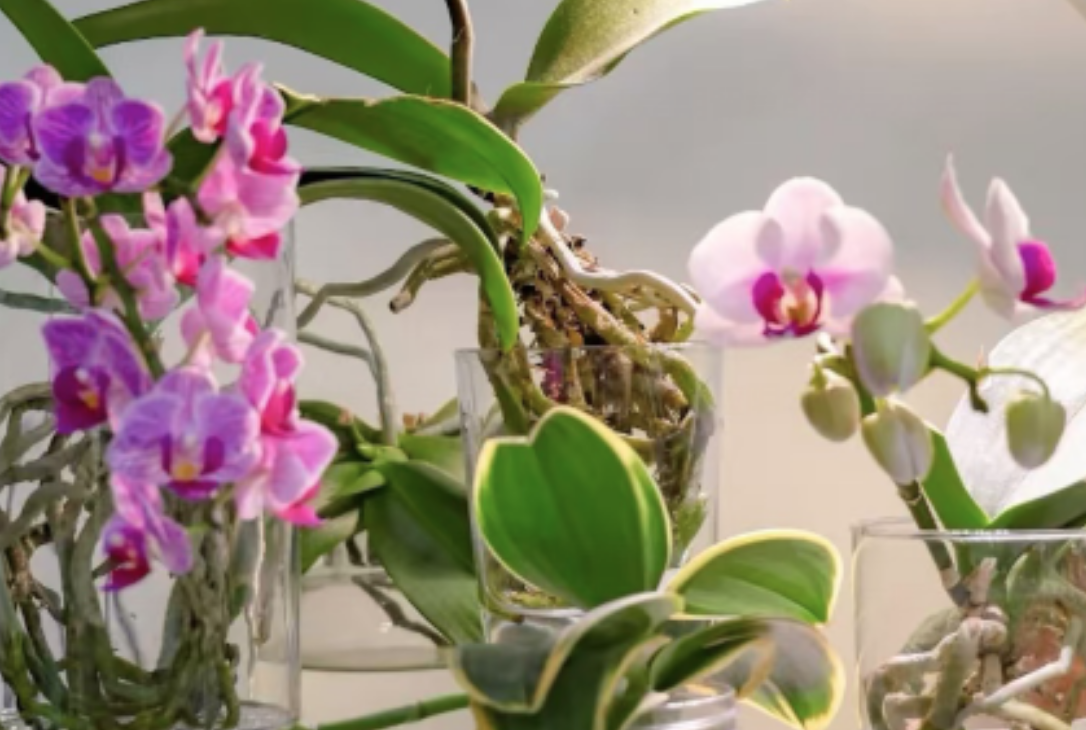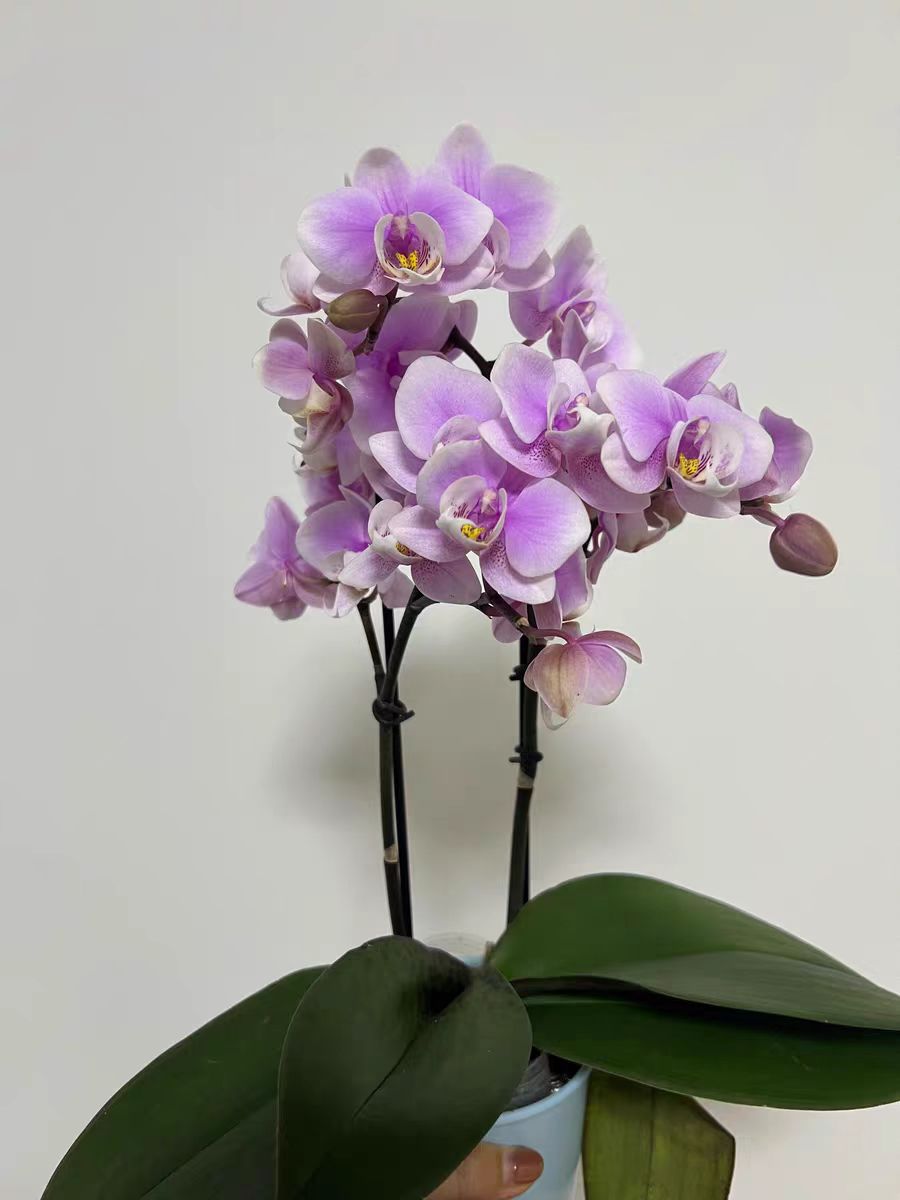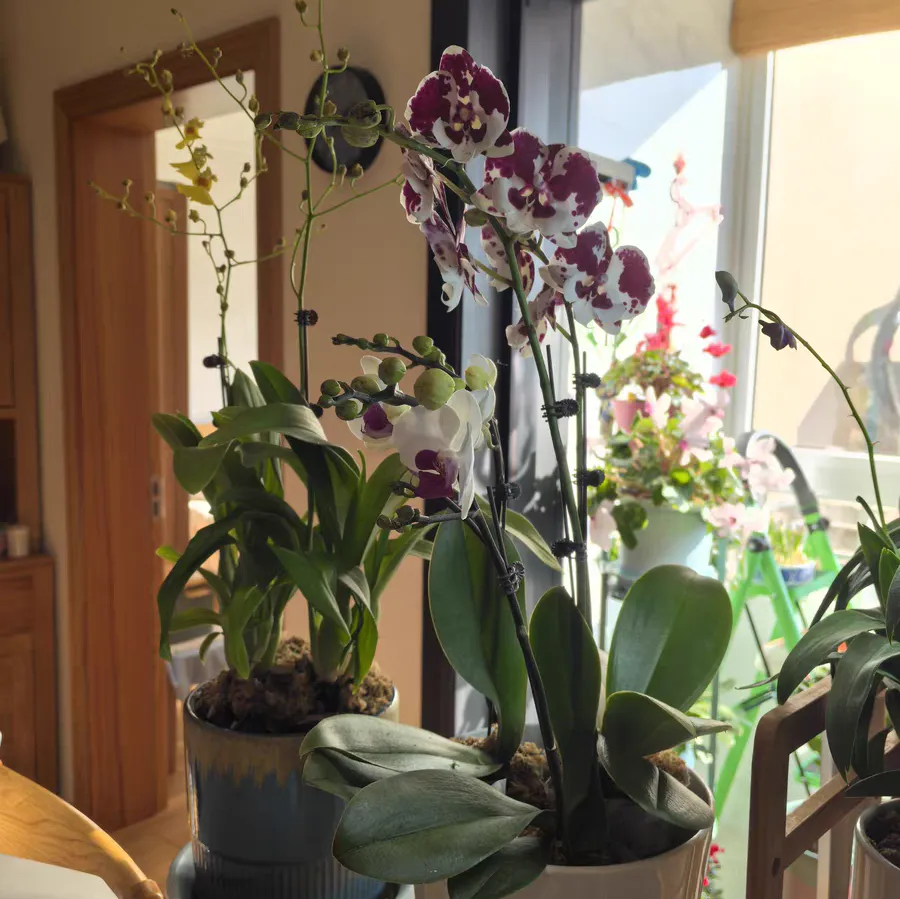Phalaenopsis can be said to be the dream flower of many people. Its elegant temperament after blooming makes it very popular. In recent years, it has been promoted as one of the New Year's flowers. But do you know that originally Phalaenopsis can be hydroponically cultivated in addition to soil cultivation? So what skills do you need to master in daily care? The following text will focus on how to make Phalaenopsis bloom with unprecedented beauty?
Generally speaking, whether it is hydroponic or soil cultivation for taking care of Phalaenopsis, as long as the maintenance of the substrate is done well, it can make it bloom. If flower lovers purchase hydroponic Phalaenopsis, at this time, what needs to be regularly noticed most is the water quality. Because only a clean and pollution-free environment can make Phalaenopsis grow. At the same time, an appropriate amount of nutrient solution can be added before each water change. This can ensure that Phalaenopsis has sufficient nutrients.
If flower lovers purchase soil-cultivated Phalaenopsis, it is recommended to choose a substrate mixed with perlite, coconut shell, etc. Because only this kind of loose, breathable, and well-drained soil can make it survive normally and reduce the occurrence of root rot due to water vapor retention.
Then in daily management, whether it is hydroponic or soil cultivation, pay attention to giving Phalaenopsis scattered light. Never put it under the fierce sun. When encountering high temperatures in summer, it is appropriate to add a sunshade to the placement position. When winter comes, pay attention to keeping warm and also make some tools to increase light by yourself. For example, a fill light can be used to increase the light.
Secondly, in terms of water treatment, there is no need to water for hydroponics. Usually, just check whether the water level reaches the standard line and see if the water quality is turbid. If there are many impurities in the water, clean and change the water in time to avoid bacteria breeding. For flower lovers who cultivate in soil, when watering, follow the principle of "water when dry and wet". That is to say, when it is found that the surface of the soil is slightly dry, it is time to water. At the same time, if it is relatively dry in autumn, a sprayer needs to be used to regularly spray water on the leaves to increase the air humidity. But be careful not to spray water into the leaf center when operating.
Finally, to maintain the basic nutrients of Phalaenopsis, fertilization is indispensable. In hydroponics, special hydroponic nutrient solution can be selected for fertilization. In soil cultivation, special fertilizers for orchids or compound fertilizers are also selected for "frequent application of thin fertilizers". At the same time, pay attention to stop fertilizing when it is high or low temperature.
Soil and hydroponic methods for Phalaenopsis.

Share with
Tagged in :




Leave a Reply